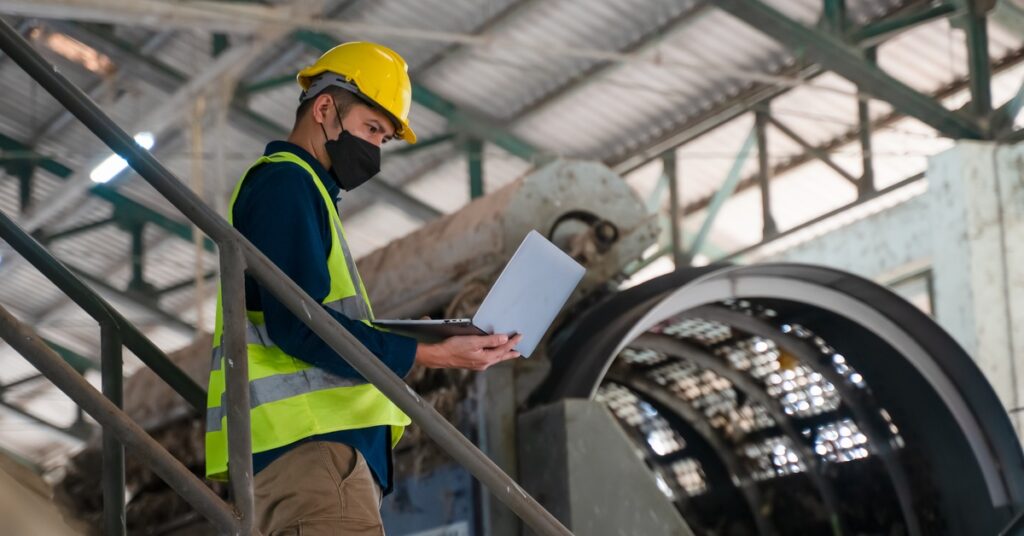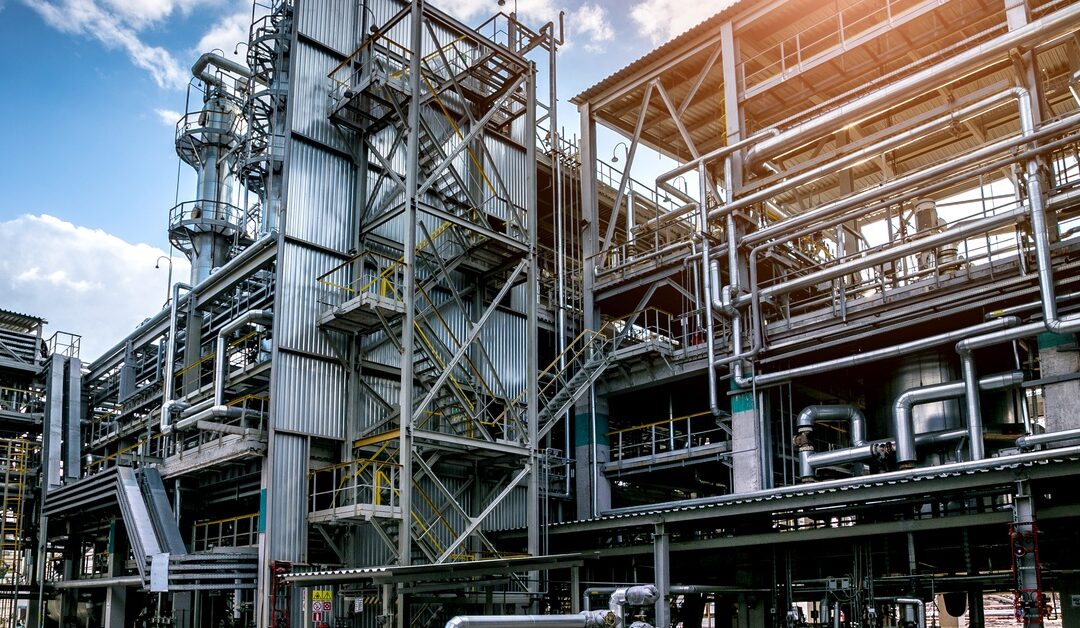Unexpectedly high solvent usage can put pressure on your team’s budget, storage space, and waste-handling processes. Manufacturers working with large volumes of paint, adhesive, or composite resin often need solvent recovery solutions that do more than just separate liquids.
Effective evaporation systems support higher yields, lower costs, and tighter control over hazardous waste compliance. Grasping the full function and benefit of evaporation helps optimize your operation’s solvent circulation.
Evaporation as a Phase in Solvent Separation
Evaporation plays a central role by converting liquid solvents into vapor so recovery systems can isolate and reuse the clean fraction. Solvents with lower boiling points vaporize first, leaving behind paints, adhesives, and other heavier residues for easier disposal. Facilities that handle everything from spray applications to dip tanks benefit from this precise phase change because it separates usable materials from waste with minimal mechanical input.
Recovery systems often rely on evaporation to simplify the downstream separation process without introducing contamination or altering the solvent’s chemical makeup. By regulating the heat input and contact surface area, operators reclaim high-purity solvents without damaging equipment or risking overexposure to toxic vapors. Even small changes in heat control during evaporation can raise purity percentages significantly in high-volume operations.
Evaporation’s primary role in solvent recovery applications centers on effectively reclaiming material from incoming waste. Precision matters in both heat transfer and containment, particularly when processing flammable substances such as acetone, MEK, or toluene.
Controlling Boiling Points To Optimize Recovery Yields
Every solvent has a unique boiling point that determines how and when it transitions from liquid to vapor under heat. Managers who understand how different compounds respond at specific temperatures recover more usable solvents while minimizing energy waste. For example, methyl ethyl ketone vaporizes below 175°F, while xylene requires a much higher temperature for complete evaporation.
Custom temperature targeting allows a single system to handle multiple solvent types without damaging equipment or contaminating the end product. Adjustments based on boiling ranges let operations reuse solvents from a variety of processes, from spraying wood cabinets to coating railcars, without incurring extra waste treatment costs. Efficiency improves when heat input aligns tightly with the boiling behavior of the most frequently used solvent on-site.
Operators who build protocols around boiling point data reduce downtime and cut unnecessary thermal cycles. They reclaim higher volumes from each drum while extending both the solvent and machine lifespan. With the proper setup, one facility can run multiple types of batches and still keep recovery percentages above 90%.
The Impact of Atmospheric Pressure on Evaporation Efficiency

Manufacturers can improve evaporation outcomes by adjusting pressure levels inside their recovery units. Reducing atmospheric pressure lowers the boiling point of solvents, which speeds up vaporization without requiring dangerously high temperatures. This method becomes especially useful when handling heat-sensitive solvents that degrade or discolor under standard pressure conditions.
Vacuum distillation delivers better thermal control and shorter cycle times, making it ideal for operations looking to boost throughput without risking quality. In paint-heavy industries, faster evaporation translates to a quicker turnaround between batches and fewer compliance headaches. Facilities managing adhesives or resins that thicken under heat also benefit from lower pressure levels during recovery.
Evaporation Equipment Design for Industrial Solvent Recovery
Evaporation performance starts with the right equipment design. Closed-loop units, wide evaporation chambers, and systems with no moving parts deliver a cleaner separation with minimal maintenance. With thermal conduction instead of mechanical agitation, well-built recovery units handle solvent-heavy workloads without introducing failure points or requiring constant supervision. Surface area, insulation, and heat distribution all affect how consistently a system recovers clean solvents from complex waste streams.
Facilities processing three drums of waste solvent monthly often require compact, energy-efficient machines that support continuous throughput. Equipment built for longevity and consistency proves especially valuable in environments that demand round-the-clock reliability. Rather than over-customizing, innovative manufacturers focus on proven engineering and domestic support networks to reduce delays and simplify upkeep.
At Solvent Waste Management, Inc., we build solvent recovery equipment in Texas for operations prioritizing durability, performance, and waste reduction. Our systems support cabinetry shops, boat builders, and rail refurbishers with industrial-grade solutions that minimize maintenance and maximize recovery output.
Safety Benefits From Closed-System Evaporation
Manufacturing environments that deal with flammable or volatile solvents require systems that reduce vapor exposure at every stage. Closed-system evaporation keeps toxic fumes inside the unit, where built-in sensors and control logic manage temperature and vapor flow. Operators never need to manually handle open containers, which cuts both fire risk and the potential for inhalation.
Reducing external vapor emissions also helps facilities stay compliant with EPA and OSHA regulations. Many solvents fall under hazardous waste classifications, so keeping them fully contained during evaporation protects both your team and your budget. Fewer vapor leaks mean fewer penalties, lower insurance risks, and less time spent on incident reporting.
Safety managers in paint-focused industries, especially those working with large tanks or sprayers, see immediate improvements when adopting closed recovery systems. Self-contained units replace outdated buckets and vats, eliminating spills and cross-contamination incidents.
Energy Use and Evaporation Efficiency Metrics

Evaporation remains one of the most energy-efficient solvent recovery methods when designed for continuous operation. Recovery units with thermal insulation and high surface area-to-volume ratios convert liquid into vapor with minimal heat loss. Operators who track energy-per-gallon metrics often find evaporation outperforms filtration and adsorption in solvent-intensive applications.
System sensors play a major role by adjusting heat input to match solvent phase-change behavior. When evaporation starts too aggressively, solvents can boil off before separation, hurting both reclaim volume and energy cost. By contrast, systems that fine-tune evaporation speed retain more usable solvents with less wasted power.
The role of evaporation in solvent recovery applications is most valuable when combined with active energy tracking. Real-time monitoring lets you match energy output with actual solvent yield, improving your bottom line and regulatory reporting. Facilities looking for ROI over long-term cycles consistently favor this approach over less precise recovery strategies.
Scaling Evaporation Systems for High-Volume Applications
Manufacturers processing high volumes of solvent need systems that scale without sacrificing control. Units designed for modular expansion allow teams to increase capacity as production grows, whether that’s more countertop fabrication or full railcar repainting. Larger systems also help consolidate recovery efforts across departments or production zones.
Scaling up evaporation does more than just handle more drums; it supports cleaner reclaim rates under higher pressure. Solvent-heavy operations avoid saturation and overload when the recovery unit keeps pace with input waste, maintaining solvent purity across every gallon processed. Investing in the correct sized system from the start avoids future delays and compliance complications.
Evaporation remains one of the most controllable and cost-efficient phases in solvent recovery across industrial sectors. Our team supports that mission by producing Texas-made solvent recovery equipment tailored to high-usage industries. Reach out to us at Solvent Waste Management, Inc. to discover how we can help transform your solvent handling strategy.

